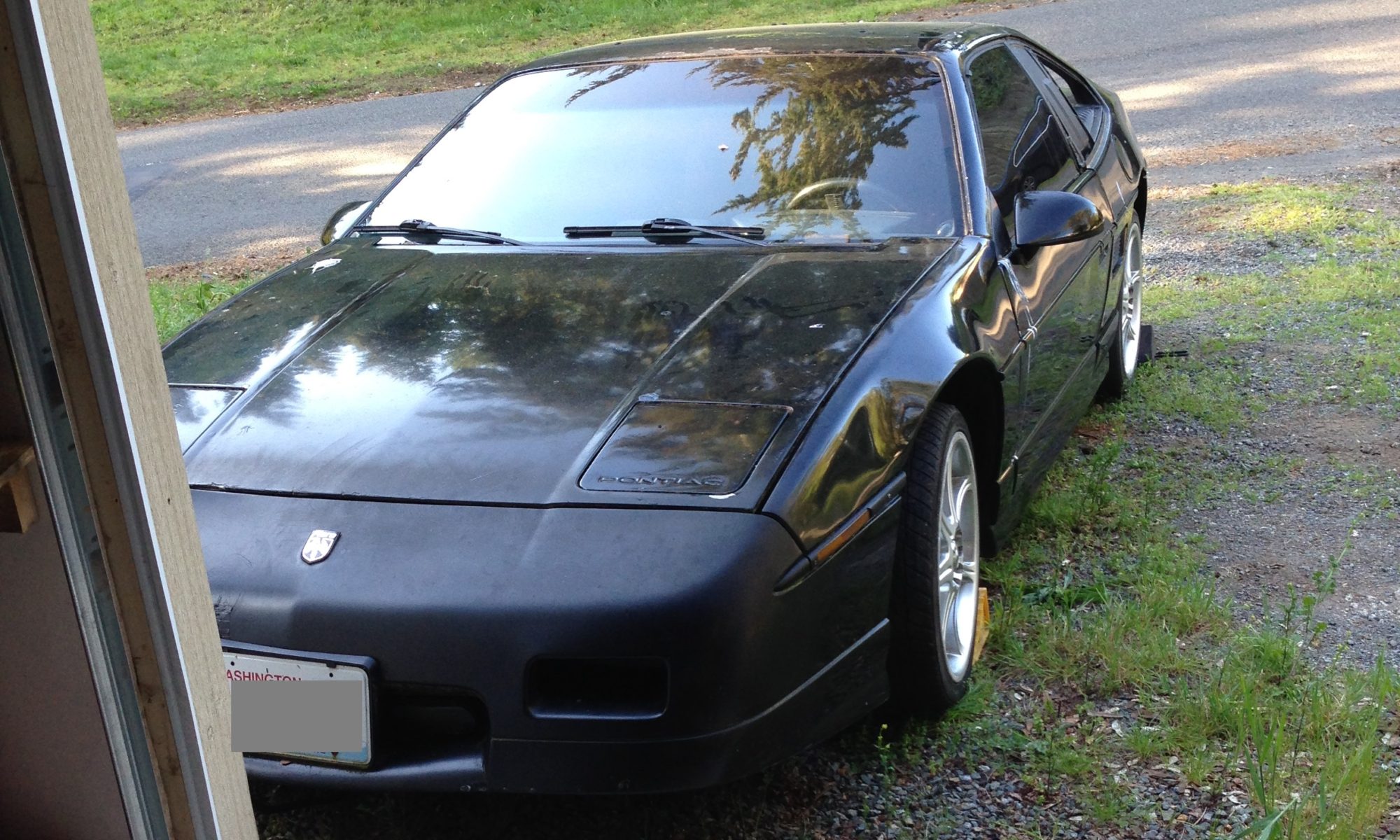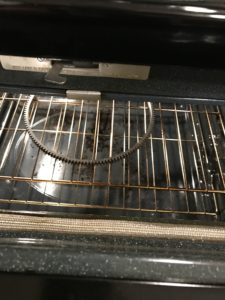I’m doing a light brake upgrade on the Fiero (http://myfiero.oceanmoon.com/how-to/brakes/the-easiest-fiero-brake-upgrade)
When I went looking for the “94 Blazer master cylinder” mentioned in the article I found two different bores listed and then fell down a rabbit hole of master cylinder research….
Seems like people use one of four master cylinders for the pre-’87 Fiero:
- Stock ’87 Fiero : 1″ (stepped from 1.417″)
- Full size blazer: apparently 1-1/8″ and 1-1/4″ versions are available (no step data found)
- S-10 blazer: 15/16″ (stepped from 1-7/16″)
There is very little information available on whether folks are using the 1-1/8 or 1-1/4 full size blazer master cylinder.
Trying to get exact bore sizes of MCs from the various web sites is difficult. Most master cylinders are “stepped”–that is, they have two different bore sizes. Usually a larger piston that is actuated first and moves lots of fluid quickly at low pressure to “take up the slack” in the system, then the smaller piston to really drive the pressure up (smaller piston means more pressure for a given pedal travel).
Information on stepping and bore sizes doesn’t seem to be great or consistent. For example, part # 10-2352 on the O’Reilly website lists a ’94 full size blazer MC, with an imperial bore size of 1.125 inches, and a bore size in metric of 40 mm (that’s 1.57″ inches). Clearly they are conflating the stepped bore sizes.
From what I can see on most parts websites, the given bore for an MC is usually the primary (smaller) piston.
This larger bore size for initial pedal travel may explain why people seem to have different preferences. I could imagine that, depending on whether all the wheel calipers have been upgraded, and the relationship between the stepped bore sizes, the overall brake pedal feel could vary quite a bit.
I put together a Google spreadsheet that attempts to make quantitative sense of the varying master cylinder and caliper combinations. Note these calculations are not verified and I dropped out of the Physics program (yes, really). No warranties are expressed or implied and you should run your own numbers before making changes to your braking system.
Following is some stream of consciousness discussion trying to make sense of a few things. Read at your own risk.
Beretta calipers with stock MC
We can say for sure that with Beretta calipers on the front (larger pistons than stock calipers), the pedal travel will be increased over the stock braking system (more fluid to move).
We can also say that the force the pistons exert on the brake pads will be higher than in the stock system for the same distance of pedal travel once you’ve moved into the smaller bore part of the MC stroke (more surface area on the caliper piston for the pressure to act on). But remember these MCs are stepped, and the “big part” of the piston in the Fiero MC is meant for smaller calipers. So you’re probably engaging the “high pressure” part of the stroke sooner than you would with the stock MC (or than you would with the Beretta calipers in a Beretta). I’m not sure what the real world effects of this would be.
Other Thoughts
The beretta rotors are the same diameter as the Fiero rotors, and the pads have slightly more surface area than the OEM Fiero pads. So for similar stopping performance you would want similar or slightly lower pressures on the pads (I would think).
’94 blazers use drum brakes on the rear so there may be some residual pressure valve (RPV) considerations.
Recommendations
The full size blazer MC seems like the best choice going purely by the numbers. For either bore size it produces pressures at the brake pads within +/- 15% of those produced by the stock MC, and the larger bore size should help move the extra fluid required for the larger calipers without excessive pedal travel.
















